Irrigation tracking sensor: optimize crop watering with precision
Precision irrigation is becoming a central issue for farmers concerned with preserving water while maintaining high yields. Thanks to an irrigation monitoring sensor, it is now possible to monitor the water status of the soil and adapt water inputs to the actual needs of the crop. This technology enables more precise irrigation management, limiting losses, reducing water consumption and maximizing agricultural performance.
Discover how integrating a connected irrigation sensor can transform water management on your farm. This page explains how these sensors work, the different types of sensor available, the essential criteria for choosing the right one for your plot, and the concrete benefits of our IoT solution dedicated to agricultural professionals.

We’re here to listen!
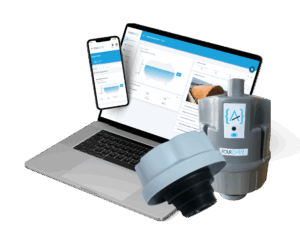
Why integrate an irrigation monitoring sensor into your operation?
Irrigation and current agricultural issues
Climate change, prolonged periods of drought and increasing restrictions on the use of water are imposing a new rigor on water management on farms. Faced with these constraints, farmers have to deal with uncertainty and adapt their practices to secure harvests while preserving resources.
In this context, precision becomes a key lever. It’s no longer just a question of watering, but of watering just right. Irrigation monitoring sensors are a strategic tool for better understanding soil moisture, monitoring its evolution and adjusting inputs to the plants’ real needs. They reconcile economic performance and environmental responsibility, meeting the expectations of sustainable agriculture.
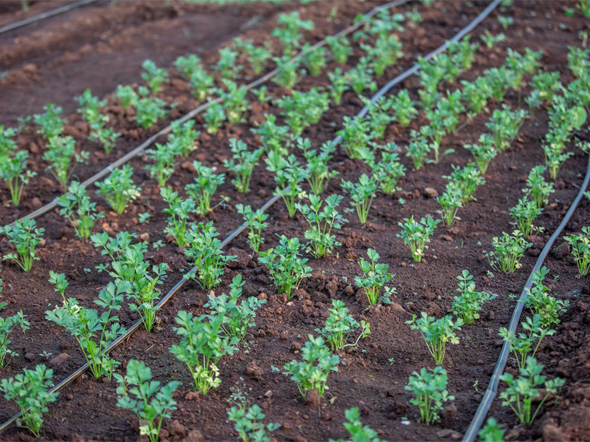
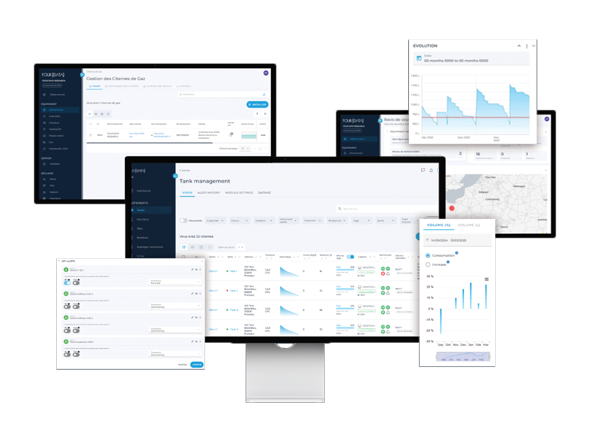
How can data improve your watering decisions?
A connected sensor installed in the soil continuously collects essential agricultural data such as humidity, temperature and water levels. This information is then transmitted to a mobile application or monitoring platform, where it is centralized and easy to consult.
This visualization of measurements enables you to precisely identify areas of water stress or excess water supply. For example, if a capacitive sensor indicates sufficient humidity at depth, you can delay watering, thus saving several dozen liters of water per plot. This is the basis for intelligent irrigation management, based on a concrete analysis of your crops’ water requirements.
Reduce water consumption and increase yields
The benefits of an irrigation monitoring sensor are many:
✅ Reducing water consumption up to 30-50% depending on type of crop
✅ Optimizing water intake depending on depth root depth
✅ Reduced water stress for plants
✅ Better plant growth and crop yields more stable
✅ Saves time and improves responsiveness watering management
Thanks to these measured inputs, the farmer can ensure precision irrigation better adapted to each area of the plot. In this way, he can comply with new water regulations while securing his agricultural production. The sensor thus becomes a lasting ally in combining productivity, economy and resilience.
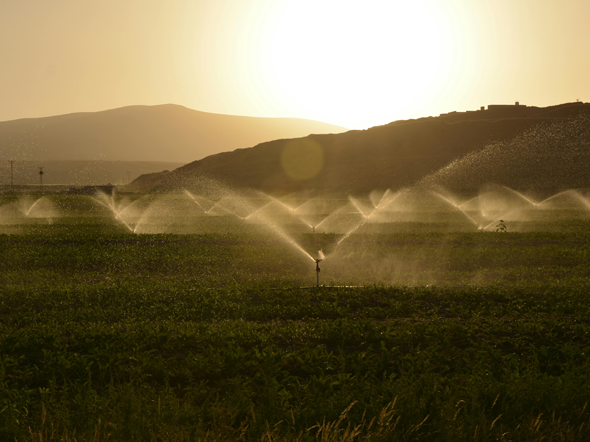
How does a connected irrigation sensor work?
Sensor types: capacitive, tensiometric, flow, rain…
How it works
| Sensor type | Measuring principle | Compatible soil type | Accuracy / Reactivity |
|---|---|---|---|
| Capacitive probe | Measures moisture-related soil permittivity | Clay and loam soils | High precision, fast response |
| Tensiometer probe | Evaluates the tension with which water is retained in the soil | Light to medium soils | Good accuracy, moderate inertia |
| Flow sensor | Measures the volume of water flowing through a pipe | All types (in pipe) | Instantaneous response |
| Weather sensor (rain) | Records rainfall on the plot | All types | Depends on positioning |
Agricultural sensors thus offer complementary approaches depending on measurement needs. The widely-used capacitive sensor provides a precise reading of soil moisture, while the tensiometer is appreciated for monitoring water availability in the soil. Connected weather sensors and flow meters complete the system for global monitoring.
Measurements made
Irrigation monitoring sensors can be used to measure a wide variety of parameters useful for water management on a farm:
- 🌡️ Soil moisture (rate and variation over time)
- 🌡️ Soil temperature at different depths
- 🧪 Water tension to assess root effort required
- 💧 Irrigation flow rate (for sensors installed on the irrigation system)
- 🌧️ Precipitation recorded by connected weather sensors
All these agricultural data enable us to better understand the behavior of the plot in relation to watering or the weather. They are essential for controlling water supply as accurately as possible and avoiding losses due to excess or deficit.
Crops concerned
Each crop has specific water requirements. The choice of sensor and precision irrigation strategy therefore depends on soil type and cultivated area.
| Crop type | Recommended sensor |
| Cereals (wheat, barley) | Capacitive or tensiometric probe |
| Vine | Deep capacitive probe |
| Market gardening | Multi-level capacitive sensor |
| Orchards | Capacitive + weather combination |
| Greenhouse crops | Humidity + temperature sensor |
Thanks to these connected tools, farmers can adapt their irrigation system to each plot of land, depending on the type of crop planted. This optimizes water consumption, improves crop yields and reduces water stress.
Data collection, transmission and visualization?
Once installed in the soil, agricultural sensors collect precise data on humidity, temperature and water flow. This information is then transmitted automatically via low-speed networks such as LoRa, or via 4G, to a mobile application or centralized monitoring platform.
The farmer then has access to a clear dashboard, enabling him to visualize the status of each area of his plot. Thanks to this continuous monitoring, he can plan his water inputs more efficiently, compare changes over time, and adjust his irrigation system with greater precision.
Location and optimum installation depth?
To guarantee reliable measurements, sensor installation must be adapted to soil structure and crop type. Here are some key recommendations:
- 📍 Install the sensors in a representative area of the plot (neither too dry nor too wet).
- 📏 Choose a depth suited to plant rooting (15 to 30 cm for vegetable crops, up to 60 cm for vines or fruit trees).
- 🔁 Spread several probes over the plot to monitor different areas if the terrain is heterogeneous.
- 💡 Avoid field edges or shaded areas, which distort data
Good installation is a prerequisite for quality measurements and relevant decisions.
Sensor maintenance and service life
✅ Regularly check probes for deposits or obstructions
✅ Check data transmitted via the application to detect any anomalies
✅ Make sure your network connection (LoRa, 4G…) is working properly.
✅ Carry out a visual inspection after each season or farm site
On average, an irrigation monitoring sensor has a lifespan of 3 to 7 years, depending on the model, conditions of use and frequency of maintenance. Simple preventive maintenance guarantees long-lasting data reliability and optimizes your investment over the long term.
The choice of level sensor depends on a number of criteria, such as the environment, the accuracy required, and the nature of the product to be measured. Different technologies are available: radar, ultrasonic and capacitive.
How do you choose the right tracking sensor for your needs?
Capacitive vs. tensiometric comparison
| Criterion | Capacitive probe | Tensiometer probe |
| Principle | Measures permittivity related to soil moisture | Evaluates the tension with which water is retained |
| Precision | Very good accuracy, fast response | Good precision, more progressive response |
| Soil type | Suitable for most agricultural soils | Less effective on very sandy soils |
| Maintenance | Low, virtually self-contained | Requires more frequent maintenance |
| Cost | Variable, often slightly higher | Cheaper per unit |
The choice between these two technologies will depend above all on your type of crop, budget and desired level of precision. The capacitive probe is more versatile and requires less maintenance, while the tensiometer may be suitable for occasional use or medium-sized farms.
Selection criteria for your crops and soils?
Here are the main criteria to consider when choosing the right sensor for your irrigation system:
🌱 Type of crop Each species has its own water requirements (vines, market gardening, cereals, etc.).
🌍 Soil structure homogeneous or heterogeneous, influences moisture distribution
🎯 Monitoring objective : need for a global indicator or precision measurement on a daily basis
💰 Available budget Number of probes required, acceptable maintenance frequency
🌡️ Environment climatic conditions, rooting depth, exposure to hazards
By cross-referencing these criteria, you can identify the solution best suited to your farming operation. The right sizing from the outset will make the most of soil moisture measurement and boost irrigation efficiency.
Integration with your existing equipment?
A connected irrigation sensor can be easily integrated into an existing agricultural system. Most solutions today are compatible with pumps, weather stations or automated irrigation management tools. Combined with a centralized monitoring platform, this connectivity makes it possible to consolidate all essential agricultural data on a single mobile application or dashboard.
This modular approach favors precise watering control, based on cross-analysis of water requirements, soil temperature and weather forecasts. By opting for an agnostic solution, you preserve the flexibility of your operation, while gaining in efficiency and management comfort.
Our solution at Four Data

Your IoT project from A to Z!
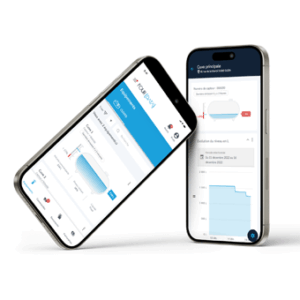
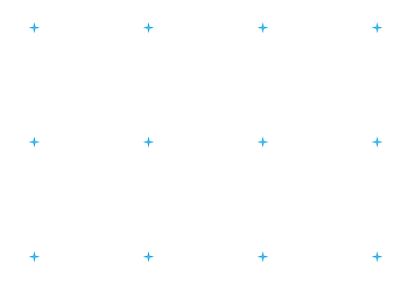
Connected sensors integrated into our IoT platform
At Four Data, we develop agricultural IoT solutions that combine connected sensors and an intelligent platform. Our sensors accurately measure soil moisture, temperature and water flow, and are easy to install on any type of plot.
They are compatible with numerous networks (LoRa, 4G, etc.) and adapt to all types of agricultural soil. Automated data collection frees you from technical constraints, while ensuring reliable monitoring of key irrigation parameters.
Our solution is designed to integrate seamlessly with your existing equipment, giving you complete, centralized management of your water needs.


Simple visualization and decision support
Thanks to our mobile app and web dashboard, you can access the status of your agricultural sensors in just a few clicks. The intuitive interface lets you quickly consult soil moisture, temperature by zone, and historical data for each plot.
You can visualize changes in water requirements, identify areas to monitor, and plan your irrigation actions independently. Our aim: to provide you with a clear, practical tool, adapted to your daily life, to optimize water use and secure your yields.
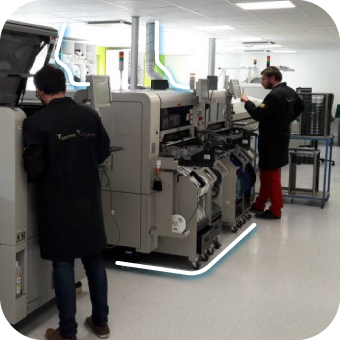

Customized support from our experts
At Four Data, we don’t just supply sensors. We’re with you every step of the way:
Customized installation of sensors on your plots, according to your crops and soil structure
Quick training on how to use our application and interpret data
Regular monitoring by a dedicated expert to adjust your irrigation strategy as the seasons change
Our mission: to offer you a reliable, operational solution, perfectly integrated with your existing system, for intelligent irrigation management.
Customer case study: improving irrigation with our solution?Customer case study: improving irrigation with our solution?
On a wine-growing estate in the south-west of France, a farmer was experiencing yield losses due to poorly anticipated water stress. After installing Four Data irrigation monitoring sensors, he was able to accurately monitor soil moisture at different depths in several areas of his plot.
Thanks to the data collected and our mobile application, he has adapted his watering cycles, reduced his water consumption by 35% and stabilized his crop yields. Supported by our teams, he has gained in responsiveness and management comfort, and has promoted a sustainable agriculture approach with his partners.
Let’s talk about your connected irrigation project
Make an appointment with a Four Data expert
Would you like to improve water management on your farm? Our experts are available to help you choose the solution best suited to your needs.
📞 Call us now on 03 73 27 50 32 to discuss your crops, the nature of your soil, and the specific challenges facing your farm.
Launch a POC (proof of concept) to test the solution on your plot of land
Hesitating to buy? Take advantage of a POC (proof of concept) to test our solution on a control plot.
You’ll be able to assess the accuracy of the measurements, observe the impact on your water supply, and validate the integration into your existing system.
💡 Contact us to set up your field trial.
